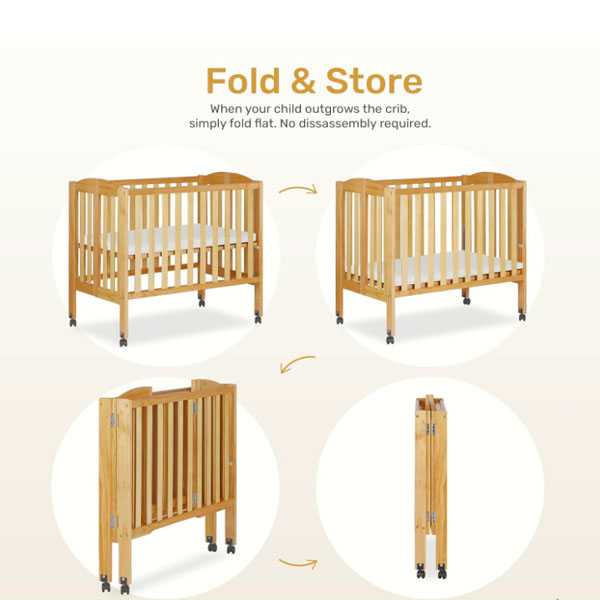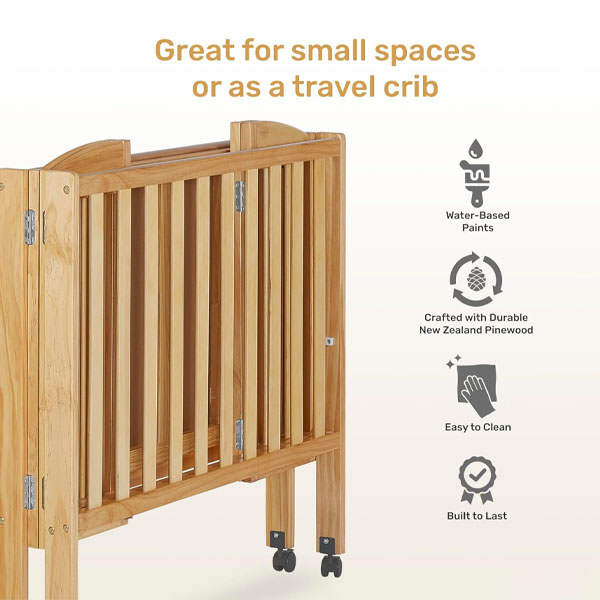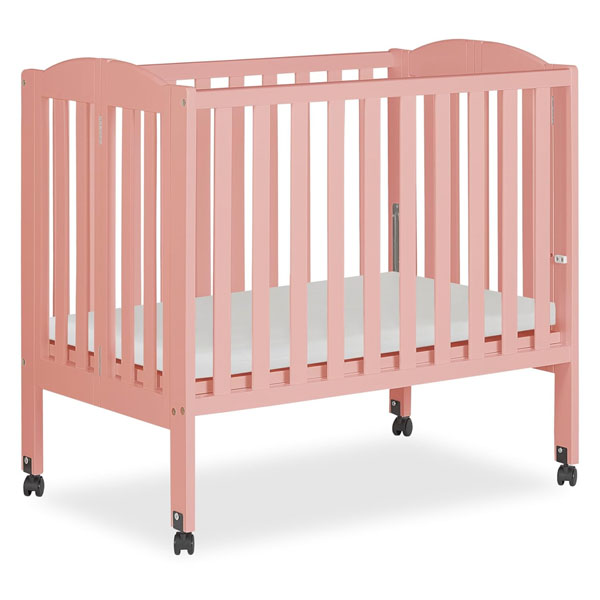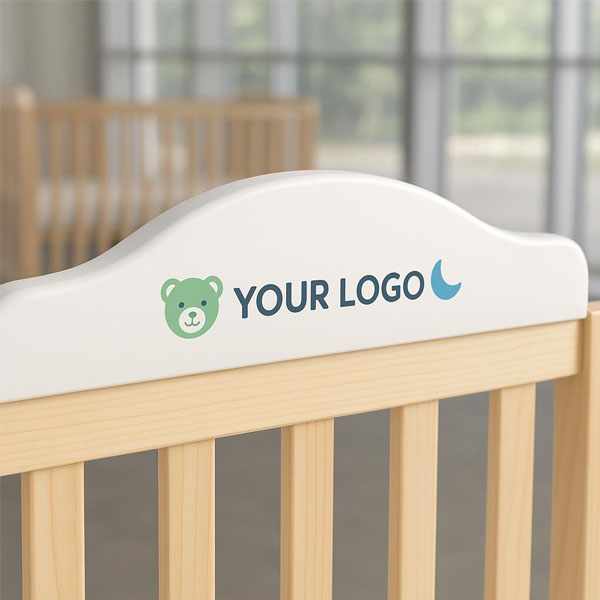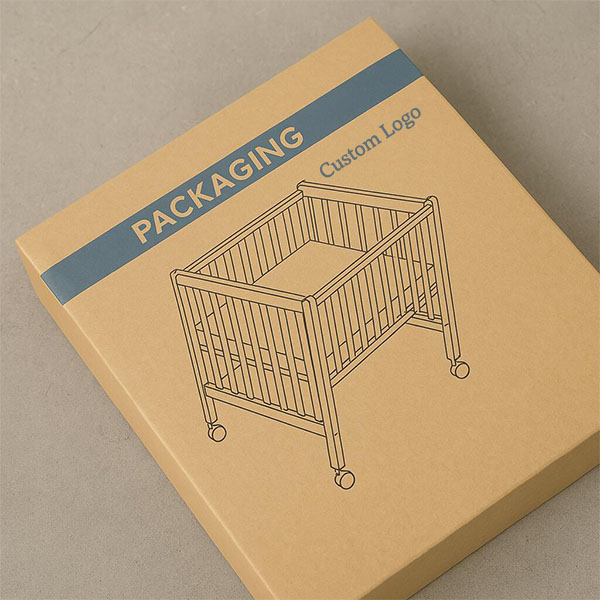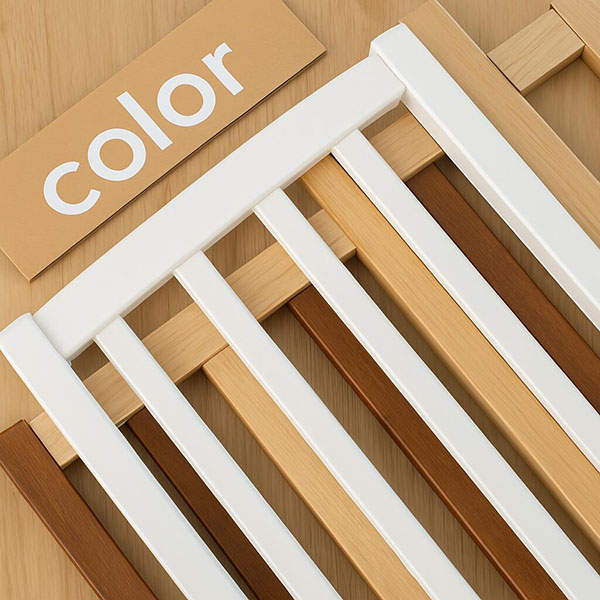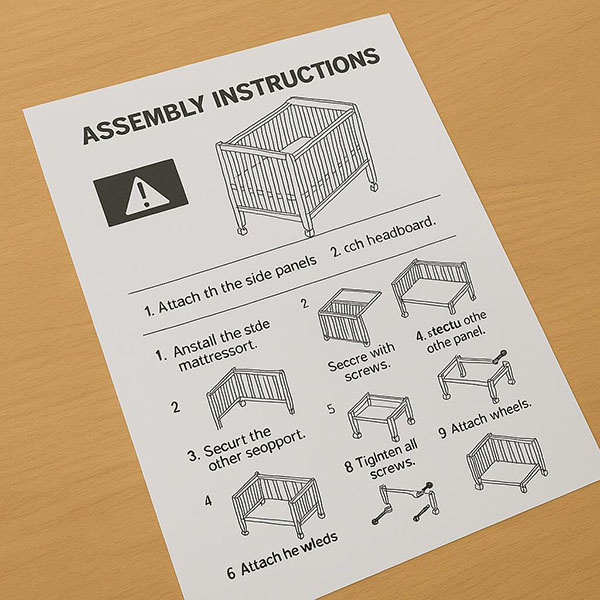What to Look for in a Bassinet?
Shopping for a bassinet can be exciting—but also overwhelming. With so many styles and features, how do you know which one is truly right for your baby?
When choosing a bassinet, look for safety certification, sturdy build, breathable sides, mattress firmness, portability, and ease of cleaning. Prioritize safety and function over style.
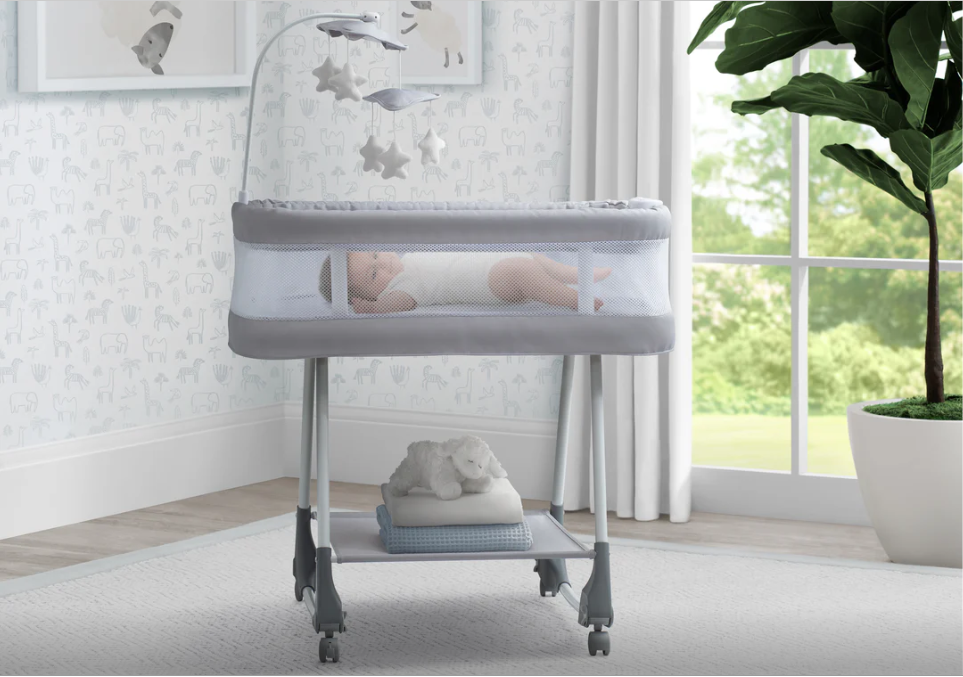
Whether you’re furnishing a full nursery or just want a bedside sleeper, this guide will walk you through exactly what matters when picking a bassinet that keeps your baby safe and sleeping soundly.
Why do you need a bassinet?
It’s more than just a mini crib—it’s a sleep solution built for the newborn phase.
A bassinet provides a small, safe sleeping space for babies from birth to around 4–6 months, offering convenience and closeness for new parents.
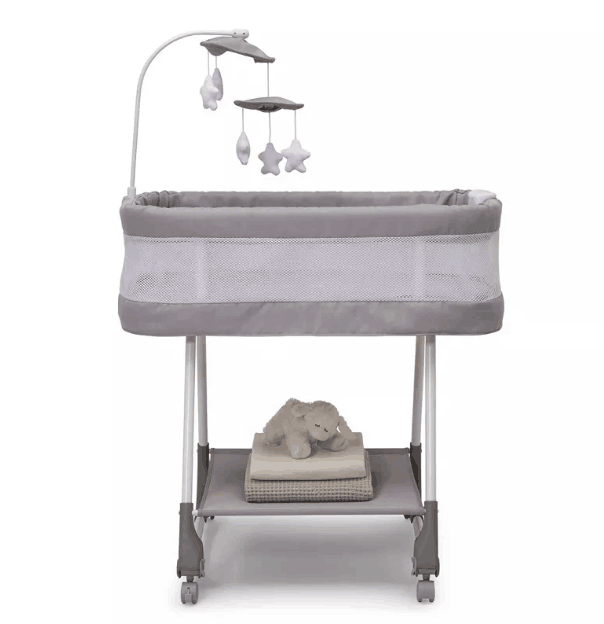
Perfect for the newborn stage
Bassinets are smaller and more portable than cribs, making them ideal for room-sharing. That means easier feeding, faster response to night wakes, and less disruption to your baby’s sleep.
I used a bassinet beside my bed during the first few months—it helped me feel close to my baby without needing to co-sleep. Plus, I could check on her without getting out of bed.
| Feature | Why It Helps |
|---|---|
| Compact size | Fits beside your bed |
| Lightweight | Easy to move between rooms |
| Raised height | Easier on postpartum recovery |
Most babies outgrow bassinets by 4–6 months or when they begin to roll or push up, so it’s a short-term but essential purchase.
What safety features are most important?
Not all bassinets are created equal—some focus more on looks than safety.
The most important bassinet safety features include a flat, firm mattress, breathable sides, sturdy legs, and certifications from trusted safety organizations.
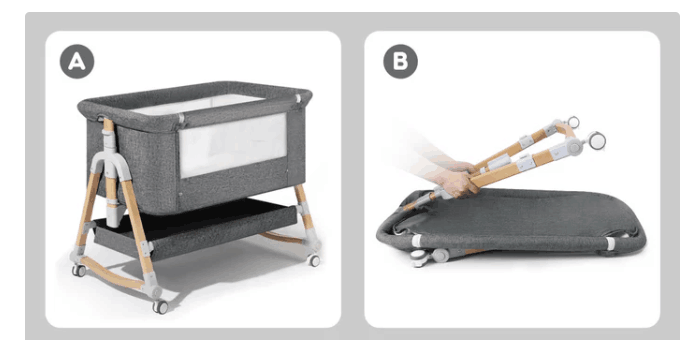
Must-have safety elements
- Flat, firm mattress – avoid anything soft or squishy
- Breathable mesh sides – allows airflow and reduces suffocation risk
- No loose bedding or padding – nothing in the sleep space
- Sturdy frame – won’t tip or wobble
- Certifications – look for ASTM, CPSC, or JPMA seals
I once came across a stylish bassinet with quilted sides and a plush mattress. It looked cozy but failed every safety standard—always choose safety over aesthetics.
| Safety Feature | Why It Matters |
|---|---|
| Firm mattress | Reduces suffocation risk |
| Breathable sides | Keeps airflow steady |
| No extras | Prevents hazards in sleep space |
| Certified product | Meets national safety standards |
What makes a bassinet convenient for parents?
Function matters just as much as safety.
Choose a bassinet that is easy to move, fits your space, and has features like storage, washable parts, or adjustable height.

Portability and space-saving design
If you want to move the bassinet from room to room, look for:
- Lockable wheels
- Lightweight frame
- Foldable or compact design
I loved that our bassinet had wheels—I rolled it from the bedroom to the living room without waking the baby.
Bonus features to consider
While not essential, these extras can make a big difference:
| Feature | Why It Helps |
|---|---|
| Adjustable height | Matches your bed or couch |
| Washable mattress cover | Handles spit-up and leaks |
| Built-in storage | Holds diapers, wipes, or burp cloths |
| Vibration/rocking mode | Soothes fussy sleepers |
Just remember—features should support safe sleep, not replace it. A rocking feature is fine as long as the bassinet is stable and flat.
Should you choose a standalone or bedside bassinet?
It depends on your space, routine, and feeding style.
Standalone bassinets offer more flexibility, while bedside (or co-sleeper) bassinets allow easier access for nighttime care and breastfeeding.
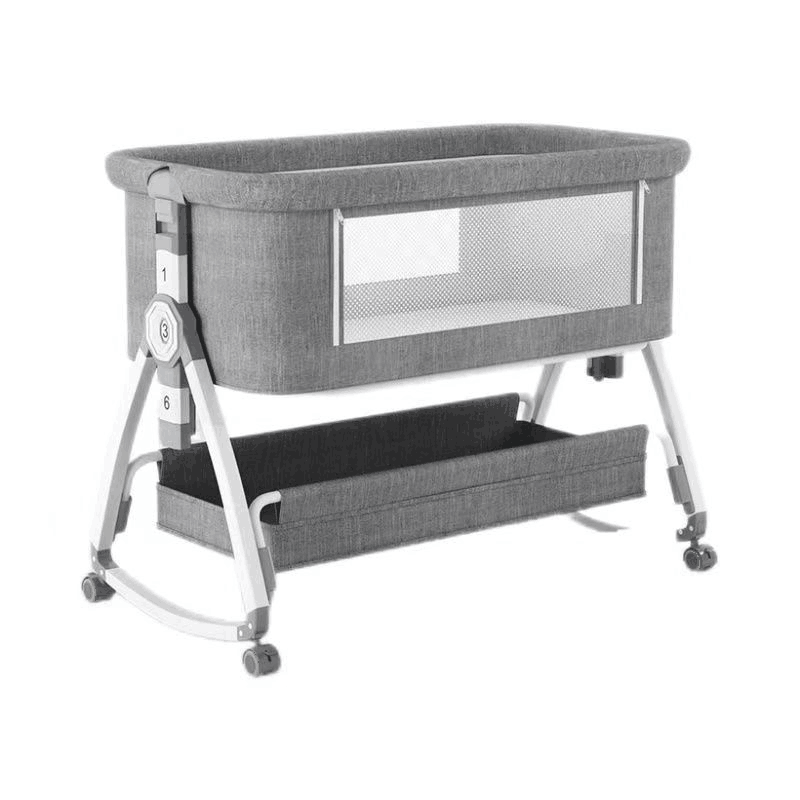
Comparing your options
| Type | Pros | Cons |
|---|---|---|
| Standalone | Portable, works in any room | Less convenient at night |
| Bedside/co-sleeper | Easy to feed/soothe without standing | Limited placement options |
I used a bedside bassinet that let me unzip one side and reach in for nighttime feeds. It was a game-changer during those newborn weeks.
Choose what fits your home and sleep setup. If you have a low bed or limited floor space, a compact standalone might work better.
What size and weight limits should you look for?
Every baby grows fast—make sure the bassinet can keep up.
Always check the bassinet’s weight and age limits. Most are safe for babies up to 15–20 lbs or until they can roll or push up.
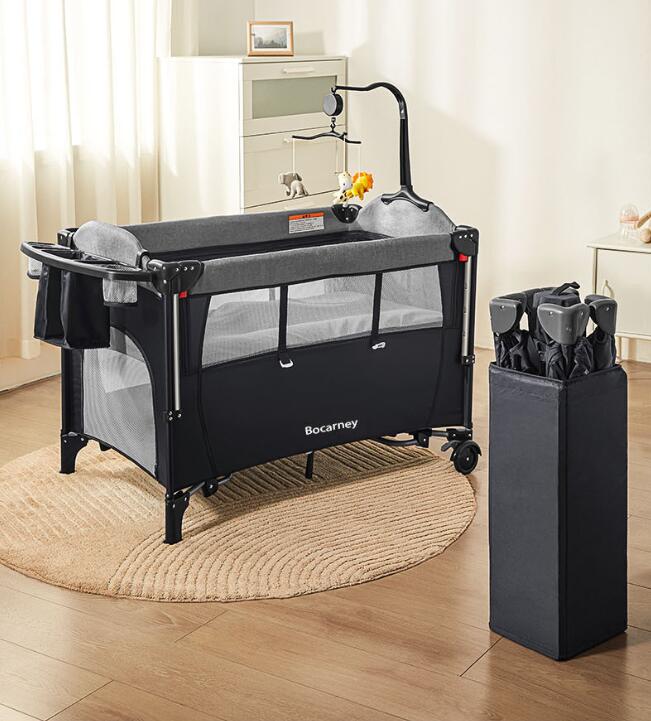
Know when to stop using it
Use the bassinet only as long as your baby meets all three of these conditions:
- Under the weight limit (typically 15–20 lbs)
- Not able to roll over
- Not pushing up on hands and knees
Most babies hit these milestones by 4–6 months, so plan ahead for a crib transition.
Always read the manual—weight limits and mattress dimensions vary between brands.
How do you choose the right bassinet for your lifestyle?
It’s not just about baby—it’s about you too.
Pick a bassinet that fits your routine, space, and needs—whether that’s travel-friendly, minimalist, high-tech, or budget-conscious.
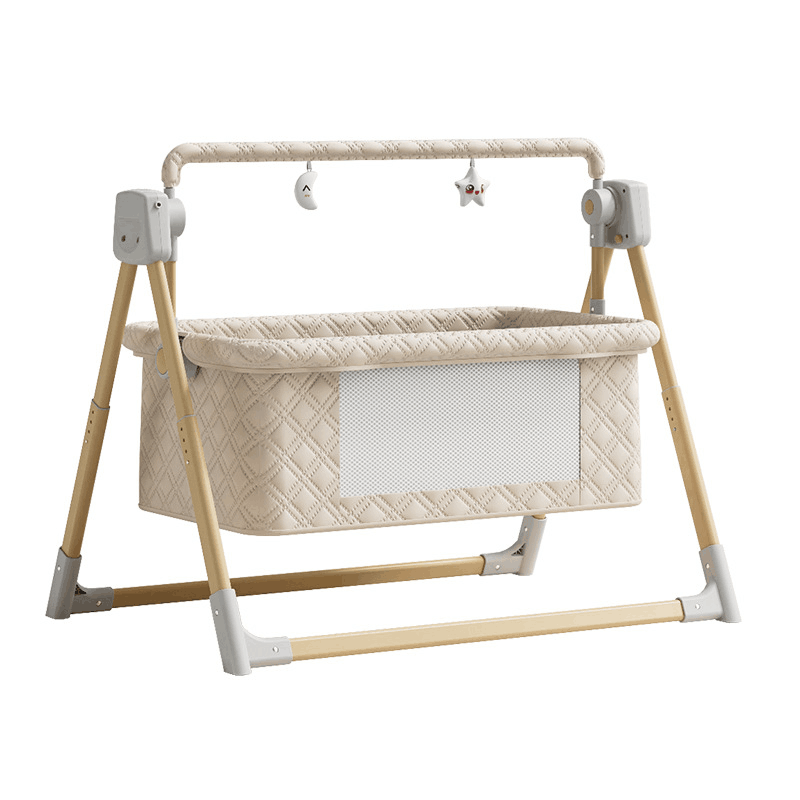
Match it to your daily routine
- Small apartment? Look for foldable or compact styles
- Frequent travel? Choose a lightweight or portable bassinet
- Nighttime nursing? Try a side-sleeper with bed-height access
- Budgeting? Skip tech features and focus on essentials
I skipped smart bassinets—they looked amazing but cost more than my entire nursery setup. We found a simple, breathable model that worked beautifully.
| Lifestyle Need | Best Bassinet Type |
|---|---|
| Compact living | Foldable or narrow profile |
| Frequent moves/travel | Lightweight and portable |
| Breastfeeding at night | Bedside sleeper with drop-side |
| Budget-conscious | Basic, safe, no-frills model |
Conclusion
When choosing a bassinet, focus on safety, functionality, and fit for your daily life. A well-chosen bassinet supports better sleep—for both baby and you.




